Mudgee Railway Station
Step back in time and discover the rich history of Mudgee’s iconic Railway Station - a proud symbol of connection, celebration and community for over 140 years.
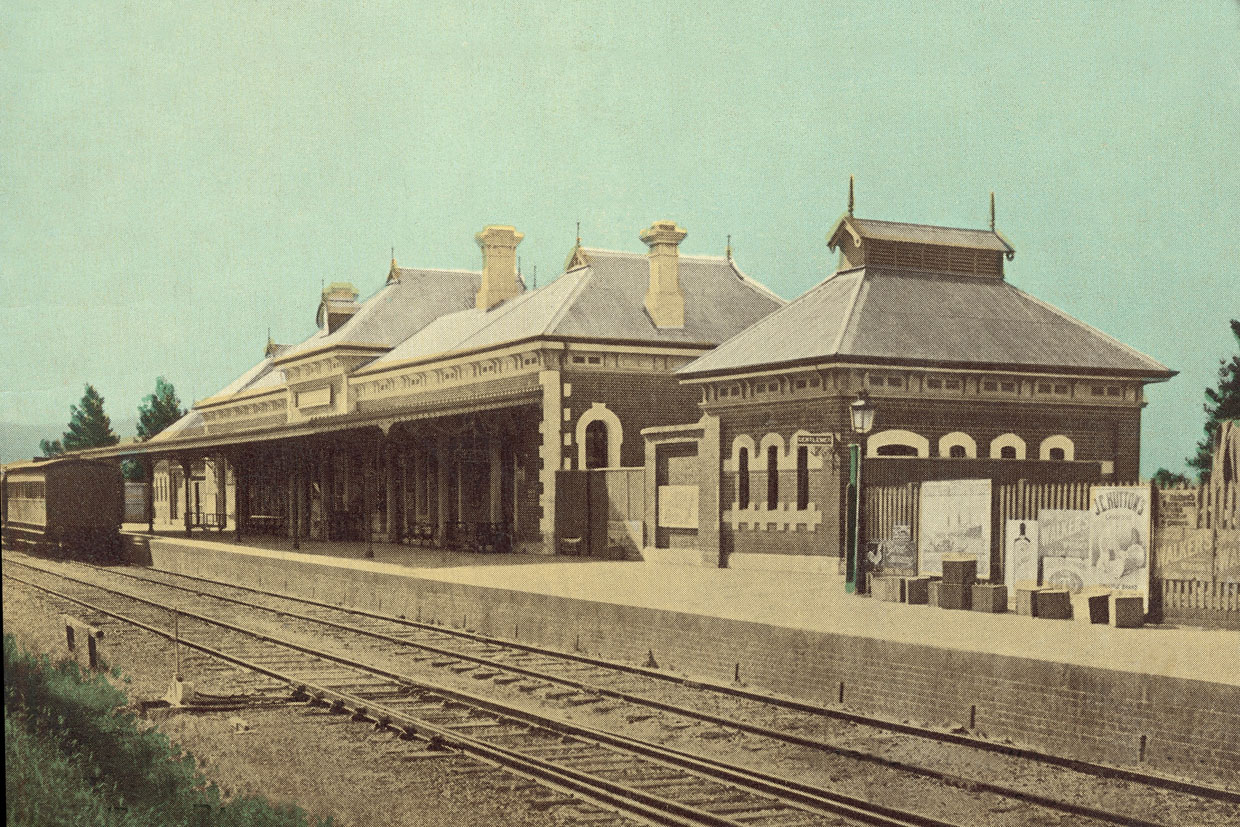
A Station of Distinction
Opened in 1884, Mudgee’s Railway Station is a stunning example of late Victorian architecture and an enduring symbol of the town’s prosperity. Designed under the guidance of John Whitton, known as the “Father of New South Wales Railways,” the station was considered one of the finest in the state, surpassed only by major hubs such as Newcastle, Albury, and Hay.
Built as a ‘first-class’ station — one of only around twenty from the era — it quickly became a local landmark. In recognition of its historical and architectural significance, the station was classified by the National Trust of NSW in 1977 and later listed on the Register of the National Estate. Over time, adaptations were made to meet growing passenger needs, but the station’s original grandeur remains a point of pride for Mudgee today.
A Brief Timeline of the Railway
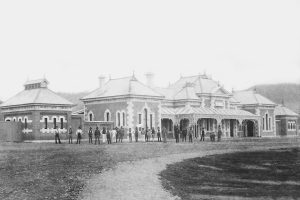
Mudgee Railway Line Approved
The extension of the rail line from Wallerawang to Mudgee was approved, thanks to strong advocacy by Mudgee's local member Sir John Robertson. News of the approval reached town at midnight, sparking spontaneous celebrations led by the town band.
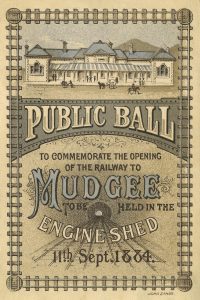
Officail Opening
The railway officially opened with great fanfare. Six trains, each pulled by two engines, arrived packed with passengers. Dignitaries such as Edmund Barton — who would later become Australia's first Prime Minister — attended the festivities, which included a public feast in Market Square (now Robertson Park) and a celebratory ball in the Engine Shed.
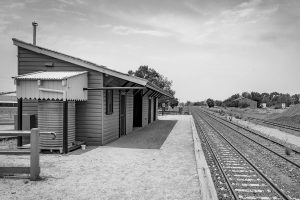
Line Extended
The line was extended north to Gulgong, Dunedoo, and beyond, further connecting Mudgee to the state's growing network.
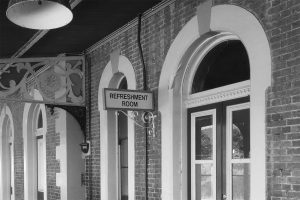
Refreshment Room openes
A Refreshment Room opened at the station to cater for increasing numbers of travelers, adding new facilities such as a bar and telegraph office over the following decade.
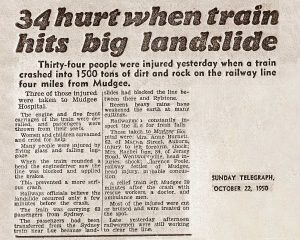
Landslide near mudgee
Thirty-four people were injured when a train crashed into 1500 tons of dirt and rock on the railway line four miles from Mudgee.
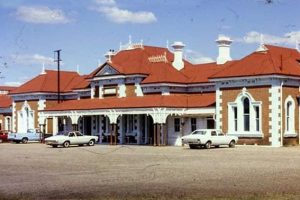
Rail Services cease
In 1985 passenger train services cease and replaced by road coaches. In 1992 freight services end, and the Kandos to Gulgong line closes.
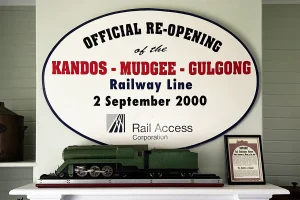
Line Re-opens during Olympic Games
The line briefly reopened for freight during the Sydney Olympics but permanently closed again in 2007, despite passionate community efforts to save it.

Mudgee Station today
While trains no longer run to Mudgee, the historic station remains a treasured part of the town. Beautifully preserved, it now hosts an artisan gallery and community events. The station's beautifully restored architecture and rich heritage continue to attract visitors, providing a glimpse into Mudgee’s past and creating a unique space for creativity, connection, and local pride.
Interesting Facts
- When news broke of Parliament approving the railway extension, celebrations erupted instantly — a band was assembled at midnight to mark the occasion with music until dawn.
- The official opening in 1884 was a two-day extravaganza featuring a public feast of roasted beef, hundreds of loaves of bread, barrels of beer, and a grand ball — all held in the Engine Shed.
- During the festivities, it rained heavily, but spirits remained high as the whole town danced and celebrated into the night.
- The Refreshment Room opened in 1911 served not only meals but also offered bar services and telegraph communications, making Mudgee Station a true hub for travelers.
- The station building is still considered one of the finest examples of Victorian railway architecture outside of metropolitan New South Wales.
- In 2007, around 500 people gathered for a rally at Mudgee Station, including a live performance by Troy Cassar-Daley, to protest the final closure of the rail line.
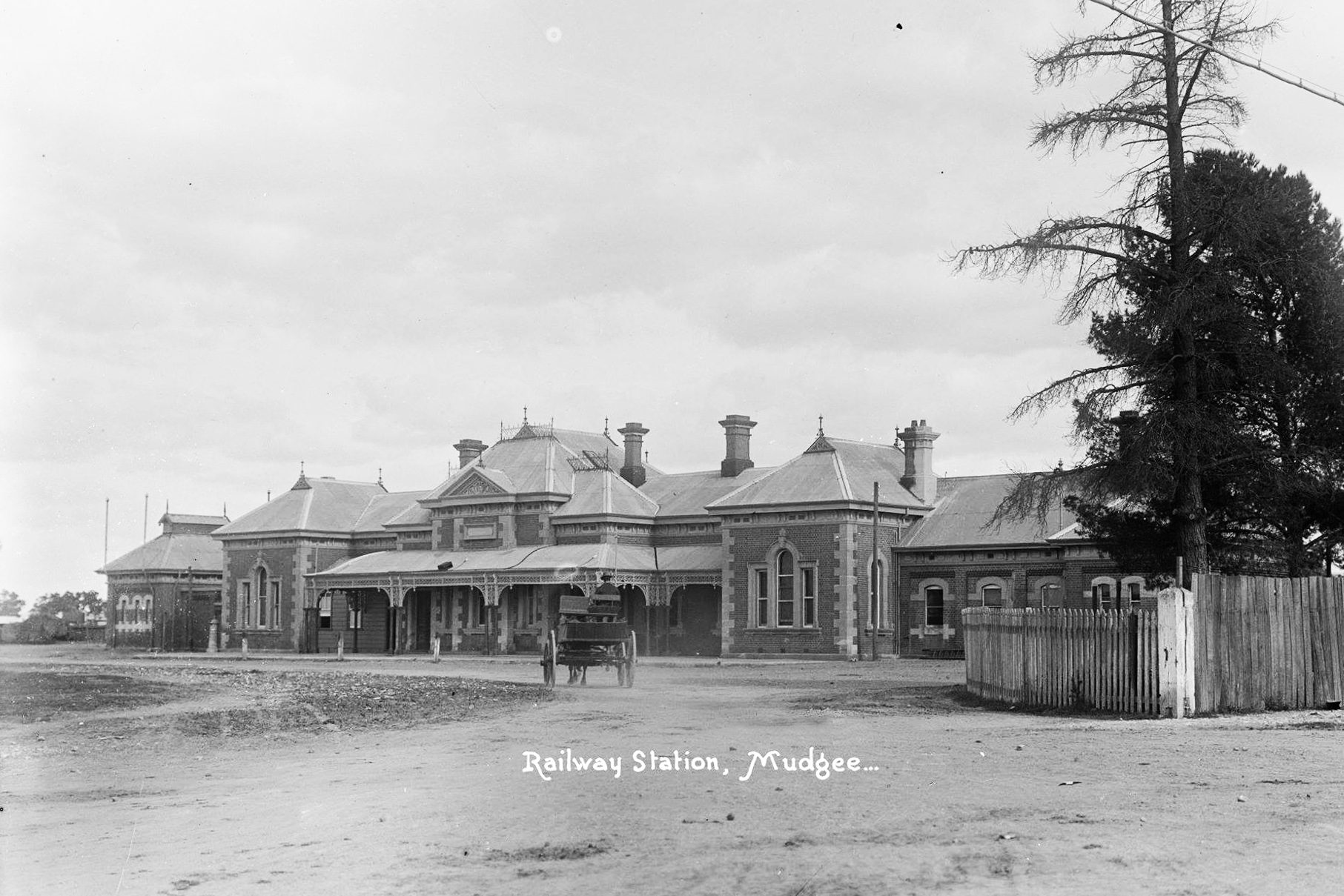
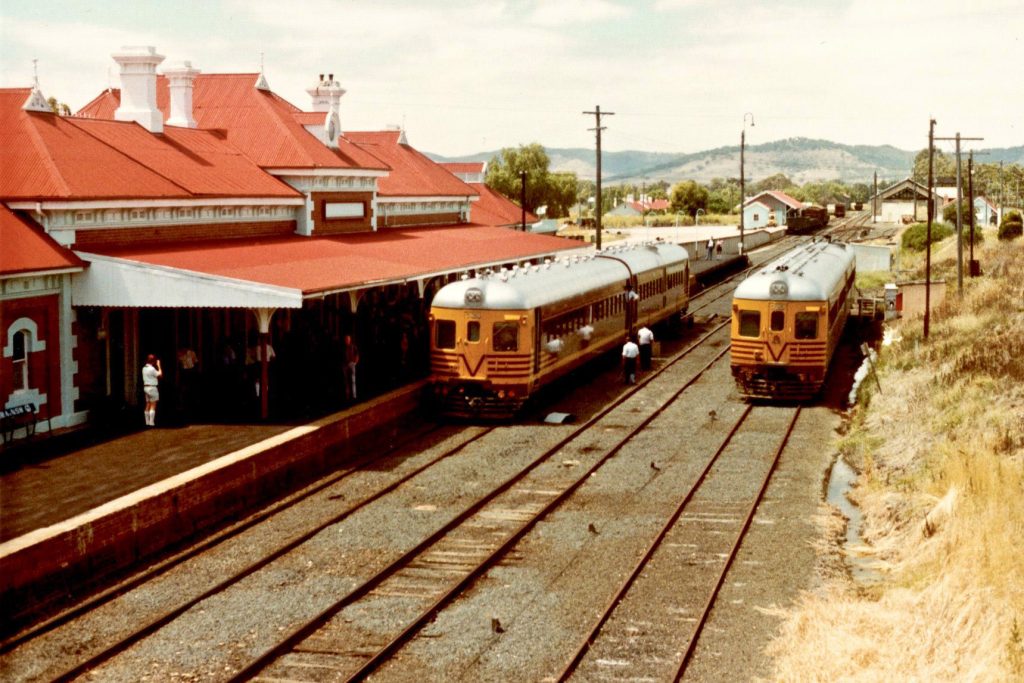
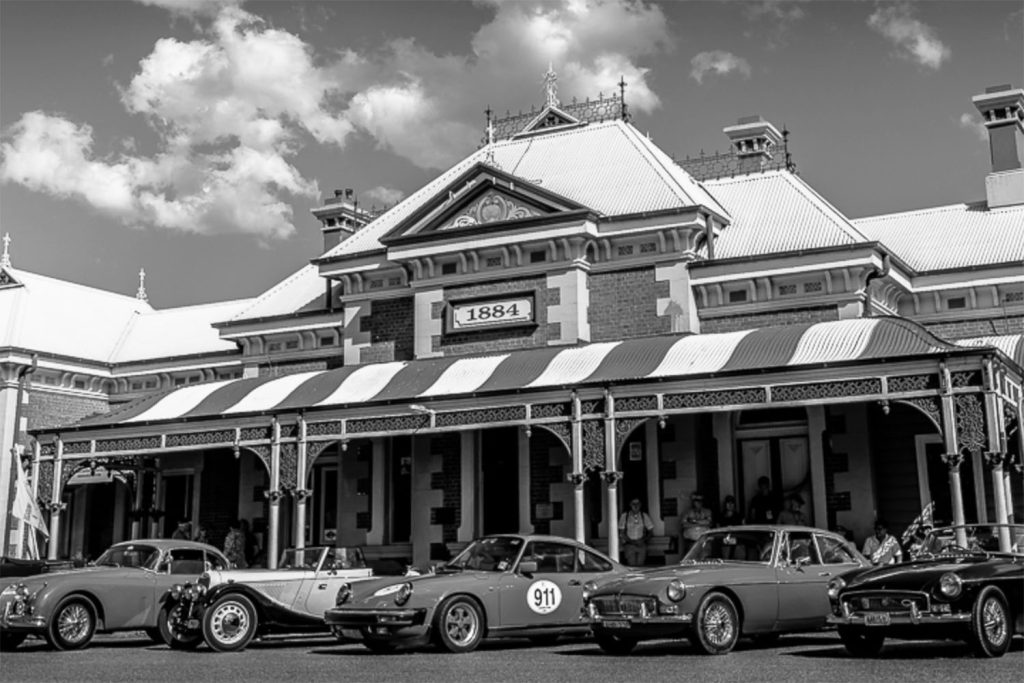
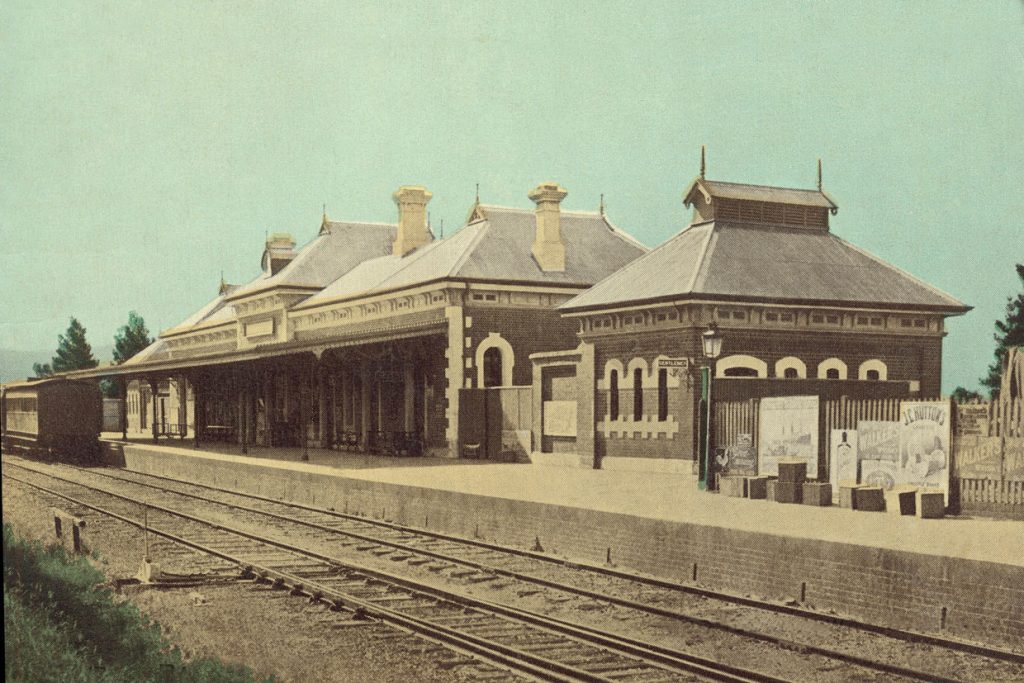
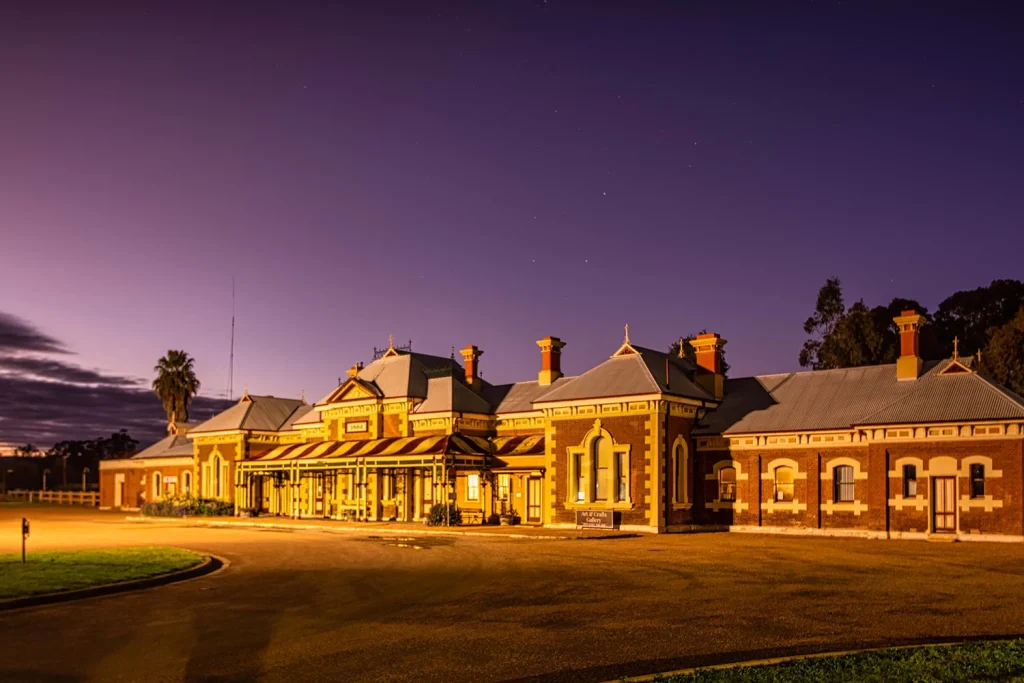
address
-
Mudgee Railway Station
Cnr Church & Inglis st, Mudgee, NSW
Contact
Opening hours
-
Open Everyday
9am - 4pm

© Art & Crafts Mudgee 2025 | Website by ambercreative
